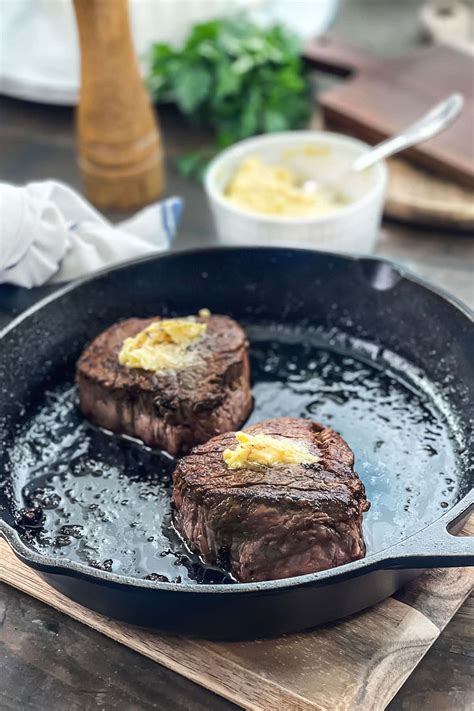How To Prepare Filet Mignon: A Guide to Perfection
Filet mignon, known for its buttery tenderness and rich flavor, is a prized cut of beef. While its delicate nature can make some cooks hesitant, mastering the art of preparing filet mignon is easier than you might think. This guide will walk you through everything you need to know, from selecting the perfect cut to achieving that ideal sear and juicy interior.
Selecting Your Filet Mignon
The first step to a delicious filet mignon is choosing the right piece of meat. Look for a cut that's:
- Evenly Colored: A consistent reddish-pink hue indicates freshness and quality. Avoid cuts with excessive marbling or discoloration.
- Firm to the Touch: A firm texture signifies a well-aged and properly handled filet. Avoid anything that feels mushy or slimy.
- Appropriate Size: Choose a filet that's appropriately sized for your needs. Smaller filets cook faster, while larger ones require more time.
Preparing the Filet Mignon: A Step-by-Step Guide
Once you've selected your perfect filet, it's time to prepare it for cooking. Here's a simple, yet effective method:
1. Pat it Dry:
Before seasoning, thoroughly pat the filet mignon dry with paper towels. This crucial step helps achieve a superior sear, creating a beautiful crust.
2. Season Generously:
Don't be shy with the seasoning! Generously season all sides of the filet with salt and freshly cracked black pepper. You can also add other seasonings like garlic powder, onion powder, or herbs like thyme or rosemary, depending on your preference.
3. Achieving the Perfect Sear:
A good sear is key to a flavorful filet mignon. Use a heavy-bottomed skillet (cast iron is ideal) over medium-high heat. Add a high-smoke-point oil, such as canola or grapeseed oil. Once the oil is shimmering, carefully place the filet in the skillet. Sear for 2-3 minutes per side, undisturbed, to create a deep brown crust.
4. Bringing it to the Desired Doneness:
After searing, reduce the heat to medium-low. Continue cooking to your desired doneness:
- Rare: 125-130°F (52-54°C)
- Medium-Rare: 130-135°F (54-57°C)
- Medium: 135-140°F (57-60°C)
- Medium-Well: 140-145°F (60-63°C)
- Well-Done: 145°F+ (63°C+)
Use a meat thermometer for accurate temperature readings. Remember that the internal temperature will continue to rise slightly after removing the filet from the heat (carryover cooking).
5. Resting is Crucial:
Once cooked to your liking, remove the filet from the skillet and let it rest on a cutting board for at least 10-15 minutes. This allows the juices to redistribute, resulting in a more tender and flavorful steak.
6. Slicing and Serving:
After resting, slice the filet mignon against the grain into ½-inch thick slices. This ensures maximum tenderness. Serve immediately and enjoy!
Tips for Filet Mignon Mastery
- Don't Overcrowd the Pan: Overcrowding the pan will lower the temperature and prevent proper searing. Cook in batches if necessary.
- Use a Meat Thermometer: A meat thermometer is the best way to ensure your filet is cooked to your desired doneness.
- Experiment with Flavors: Don't be afraid to experiment with different seasonings and herbs to create your own signature filet mignon recipe.
- Consider a Compound Butter: Top your cooked filet with a flavorful compound butter (herb butter, garlic butter, etc.) for an extra layer of richness.
By following these steps, you'll be well on your way to preparing a perfect filet mignon that will impress your friends and family. Enjoy!
